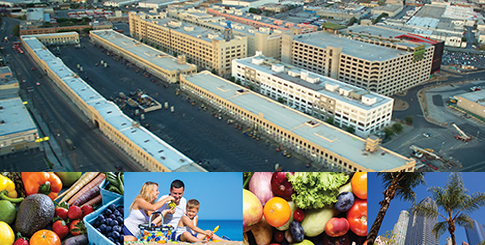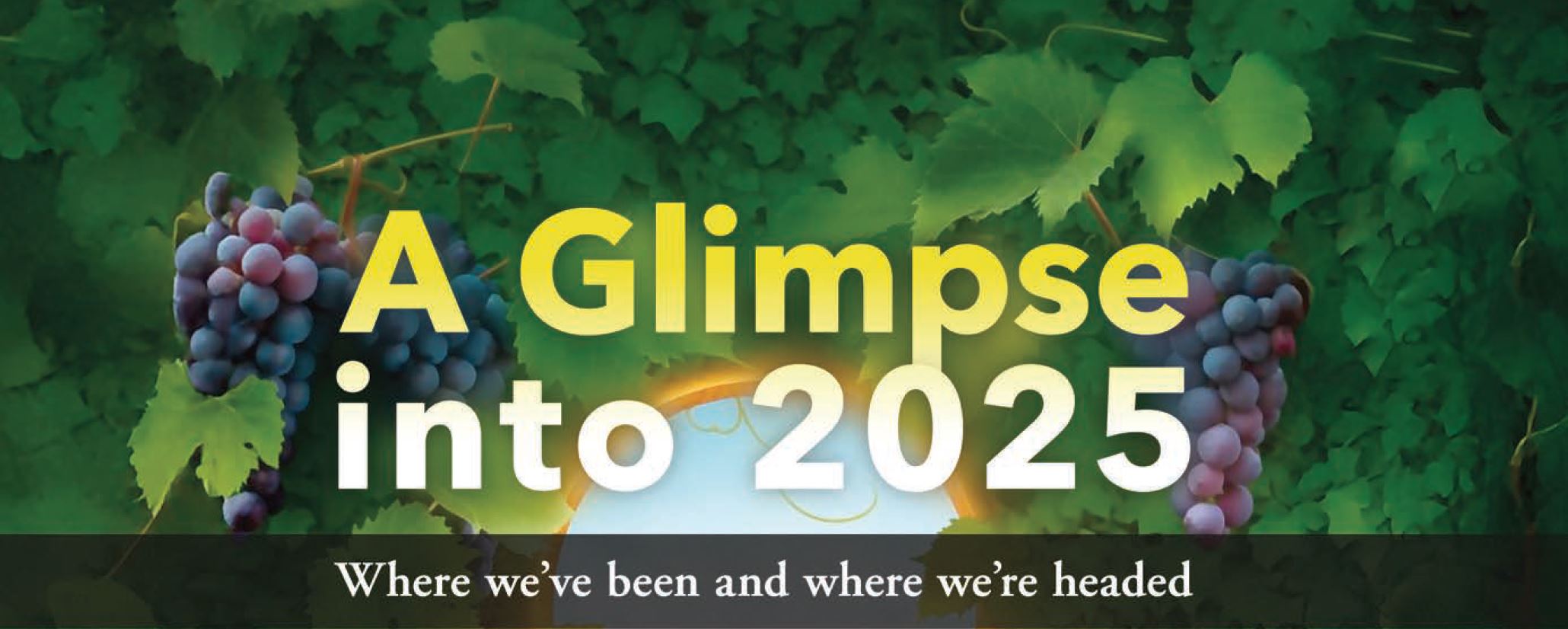Welcome to Blue Book!
Are you ready to join the thousands of companies who rely on Blue Book to drive smarter decisions? View our plans and get started today!
Still have questions? We’d love to show you what Blue Book can do for you. Drop us a line– we’ve been waiting for you.

The inherent diversity of Los Angeles, with its thriving ethnic populations, makes it ground zero for culinary innovation with produce at the center. Add in busy families and millennials, who crave convenient, healthful meals, and the rising availability of home delivery—and it’s a whole new ballgame for fresh produce providers.
Companies such as Blue Apron, Green Chef, and Plated are changing the way people prepare meals. Garrick Macek, general manager of California Specialty Farms, located about a mile from the LAWPM, says, “We get a lot of calls about supplying herbs for meal subscription kits. People who use these services report that they try recipes and new items they wouldn’t ordinarily try.”
As a grower-shipper, distributor, and load consolidator, California Specialty Farms has been enjoying the wild ride but has some doubts about its strength and endurance. “So far, it’s been very good for business,” shares Macek, “but we wonder: will consumers stick with these subscription services? Will the economy stay strong enough to support it?” No one knows, and while the upcoming presidential election may affect the economy, most believe the ‘eat healthy’ trend is here to stay.
The Evolution of Packaging
Innovation is not limited to fruit and vegetable varieties or fresh-cut combo packs. Packaging has evolved from wooden pallets and wired crates to a variety of sturdy reusable plastic pallets and containers, as well as corrugated boxes of many shapes and sizes.
DeLellis’ grandfather, Tony, got into the corrugated box business in the late 1950s after hearing a distributor was having trouble finding a reliable supplier.
Recognizing the opportunity, Tony made a handshake deal on the spot. Today, almost all of Del-Tho’s corrugated boxes are destined for the produce industry: DeLellis says about two-thirds go to grower-shippers, and the rest to repackers on the LAWPM.
“As far as new technology in packaging, people are coming up with new materials but these aren’t always cost effective. In the last five years, customers have demanded corrugated boxes that will ship well and also serve as a display vessel—with tear-out or fold-down windows. This saves steps and costs. There are also new designs that use less paper to contain the same amount of product. That’s where the innovation is,” DeLellis says.
Morimoto says there have been changes at Coast Produce too. “We’re making the move to more sustainable packaging. Our economical black foam trays are overwrapped with clear, plant-based, 100-percent compostable film. We’re also looking into using soy-based inks for our labels.”
Thoughts on the Future
Even though doing business has changed from walking the market at 3:00 am to texts, emails, and centralized purchasing, most agree the Los Angeles produce district—the ‘new’ market on Ninth Street and the ‘old’ Seventh Street Market poised to become a multiuse destination—will continue to stay relevant, at least for the foreseeable future.




